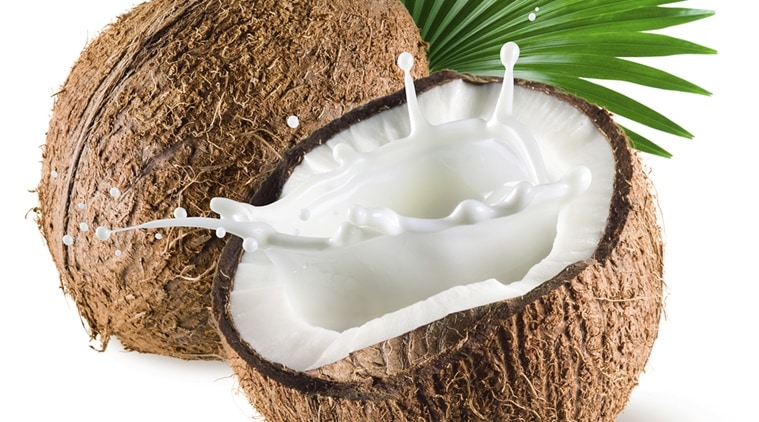Here's a Skin Care Trio recipe specially formulated for dry skin. These three work together to cleanse, nourish, and seal in moisture — perfect as a gift set or personal care routine.
🌿 Dry Skin Care Trio Recipes
🧴 Massage Oil + 🧼 Gentle Soap + 🧈 Healing Balm
1️⃣ Deep Nourishing Massage Oil (100 ml)
Use: After bath/shower or before bed
Benefits: Hydrates, softens, calms itching
Ingredients:
40 ml Sweet Almond Oil
30 ml Avocado Oil
20 ml Olive Oil
10 ml Castor Oil
10 drops Lavender EO
8 drops Geranium EO
5 drops Chamomile EO
1 capsule Vitamin E oil
Instructions: Mix all oils in an amber bottle. Shake gently.
2️⃣ Moisturizing Soap for Dry Skin (500g batch)
Use: Daily cleansing
Benefits: Gently cleanses while retaining moisture
Base Oils:
250g Coconut Oil (cleansing & bubbly lather)
150g Olive Oil (gentle and moisturizing)
100g Avocado Oil (vitamin-rich)
1 tbsp Castor Oil (adds creaminess and moisture)
Additives:
2 tbsp Oatmeal powder (soothing)
2 tbsp Goat’s milk powder or coconut milk (hydrating)
10 drops Lavender EO
5 drops Chamomile EO
Lye and Water:
Approx. 66g NaOH + 150g distilled water (adjust based on soap calculator)
Instructions: Cold process method. Cure for 4–6 weeks.
Here are Precautions and Safety Tips for Beginners Making Cold Process Soap 🧼⚠️
Making cold process soap can be fun and rewarding, but it involves working with lye (sodium hydroxide), a caustic chemical that requires careful handling. Here are essential safety tips for beginners:
🛑 1. Always Wear Safety Gear
Gloves – Protects your skin from lye burns.
Goggles – Prevents splashes into your eyes.
Long sleeves & pants – Covers your skin from accidental splashes.
🌬️ 2. Work in a Well-Ventilated Area
Mixing lye and water produces fumes that can irritate the eyes and lungs.
Open windows or use a fan to ventilate the area.
⚗️ 3. Add Lye to Water – Never the Reverse!
Always pour lye into water slowly while stirring.
Never add water to lye — it can cause a violent reaction or explosion.
☠️ 4. Keep Lye Away from Children and Pets
Lye is highly dangerous. Store it securely and never leave it unattended.
🧯 5. Have Vinegar On Hand — But Know Its Limitations
Vinegar neutralizes lye spills on surfaces (not skin).
Do NOT apply vinegar to skin burns — rinse with cool water and seek medical help if needed.
📏 6. Use Accurate Digital Scales and Thermometers
Soap-making is a precise chemical process. Always measure ingredients accurately.
🧪 7. Use Lye-Safe Containers
Use heat-safe plastic, stainless steel, or tempered glass.
Never use aluminum—it reacts with lye.
🔬 8. Follow Trusted Recipes
Don’t guess ingredient amounts.
Use a lye calculator or follow a well-tested formula to avoid dangerous mistake.
🕒 9. Let Soap Cure Properly
Cold process soap needs to cure for 4–6 weeks to allow the lye to neutralize and moisture to evaporate.
Don’t use uncured soap—it can still be harsh or lye-heavy.
📚 10. Keep Learning
Watch tutorials, read blogs, join soap-making groups.
Knowledge improves safety and results!
3️⃣ Healing Balm for Dry Patches (50g jar)
Use: Elbows, hands, heels, dry face patches
Benefits: Seals in moisture and repairs cracked skin
Ingredients:
20g Shea Butter
10g Beeswax
10g Avocado Oil
5g Castor Oil
5g Olive Oil
5 drops Chamomile EO
5 drops Lavender EO
1 capsule Vitamin E oil
Instructions:
1. Melt shea butter, beeswax, and oils in a double boiler.
2. Remove from heat, add essential oils and vitamin E.
3. Pour into sterilized jar. Let cool before sealing.


